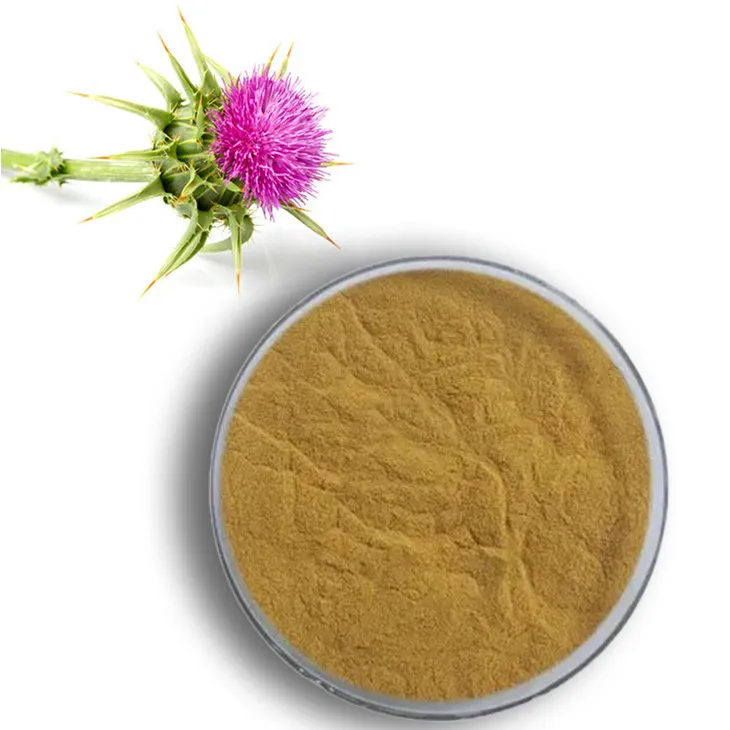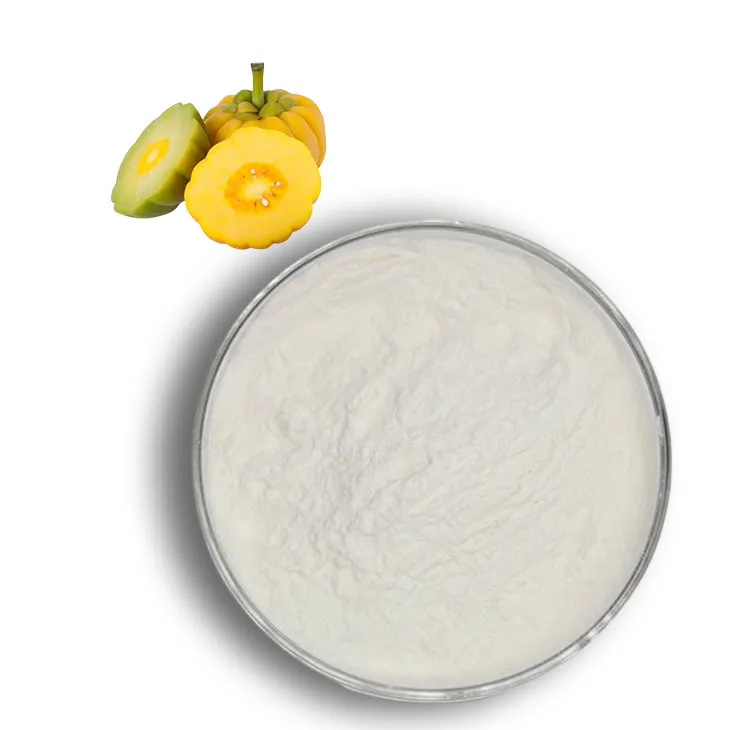- 0086-571-85302990
- sales@greenskybio.com
Understanding the Mechanism of CTAB in Plant Genomic DNA Isolation
2024-07-17
1. Introduction
Plant genomic DNA isolation is a fundamental step in various fields of plant research, such as genetics, genomics, and molecular biology. However, it is often challenging due to the complex composition of plant cells. Plant cells are surrounded by a rigid cell wall, and inside the cell, there are various organelles, membranes, and a large amount of proteins and metabolites that can interfere with the isolation of pure genomic DNA. CTAB (Cetyltrimethylammonium Bromide) has emerged as a crucial reagent in plant genomic DNA isolation, and understanding its mechanism is essential for optimizing the isolation process and obtaining high - quality DNA for downstream applications.
2. The Challenges in Plant Genomic DNA Isolation
2.1. Cell Wall Barrier
The plant cell wall is a major obstacle in DNA isolation. It is composed of cellulose, hemicellulose, and pectin, which provide structural support to the cell. Breaking through this rigid structure requires mechanical or enzymatic methods. Mechanical disruption, such as grinding with liquid nitrogen, can be effective but may also lead to the shearing of DNA if not done carefully. Enzymatic digestion using cellulases and pectinases can be more gentle but may be time - consuming and costly.2.2. Presence of Secondary Metabolites
Plants contain a wide variety of secondary metabolites, such as polyphenols, tannins, and polysaccharides. Polyphenols can oxidize and bind to DNA, resulting in the formation of brown - colored complexes that are difficult to separate from DNA. Tannins can also interact with proteins and DNA, interfering with the purification process. Polysaccharides, such as starch and mucilage, can co - precipitate with DNA, leading to low - quality DNA samples with high viscosity.2.3. Abundance of Membranes and Proteins
Inside the plant cell, there are numerous membranes, such as the plasma membrane, nuclear membrane, and organelle membranes. These membranes are composed of lipids and proteins and can enclose the DNA. Additionally, the cytoplasm contains a large amount of proteins, some of which can bind to DNA. Separating DNA from these membranes and proteins without causing damage to the DNA is a complex task.3. The Role of CTAB in DNA Isolation
3.1. CTAB as a Detergent
CTAB is a cationic detergent. It has a long hydrophobic tail and a positively - charged head group. The hydrophobic tail can interact with the hydrophobic regions of membranes, such as the lipid bilayer. This interaction disrupts the membrane structure, causing the membranes to break apart. As a result, the DNA that was enclosed within the membranes is released. At the same time, CTAB can also bind to proteins. It can form complexes with proteins through electrostatic interactions between its positive charge and the negative charges on proteins. This helps in separating proteins from DNA.3.2. Interaction with Nucleic Acids
DNA is a negatively - charged molecule due to the phosphate groups in its backbone. CTAB, with its positive charge, can interact with DNA through electrostatic attraction. This interaction not only helps in releasing DNA from membranes and proteins but also protects DNA from degradation. CTAB forms a complex with DNA, which can prevent nuclease enzymes from accessing and degrading the DNA. Additionally, this complex formation can also help in separating DNA from other contaminants, such as polysaccharides. The CTAB - DNA complex is relatively stable and can be separated from other components during the purification process.4. The Interaction between CTAB and Other Components
4.1. CTAB and Polyphenols
CTAB can also play a role in dealing with polyphenols. Although polyphenols can cause problems in DNA isolation, CTAB can form complexes with polyphenols to some extent. This helps in reducing the interference of polyphenols with DNA. However, the effectiveness of this interaction may depend on the type and concentration of polyphenols present in the plant sample.4.2. CTAB and Polysaccharides
In the case of polysaccharides, CTAB can have different effects. While it can help in separating DNA from some polysaccharides, in some cases, high concentrations of CTAB may also lead to the co - precipitation of CTAB - polysaccharide complexes. Therefore, the optimal concentration of CTAB needs to be carefully determined to avoid this problem.5. Optimal Conditions for CTAB Use
5.1. Concentration of CTAB
The concentration of CTAB is a critical factor in plant genomic DNA isolation. A too - low concentration may not be sufficient to disrupt membranes and bind to proteins effectively, resulting in incomplete DNA release and lower yields. On the other hand, a too - high concentration may lead to excessive binding to other components, such as polysaccharides, or may be difficult to remove completely during the purification process. Typically, a CTAB concentration in the range of 1 - 2% (w/v) is commonly used, but this may need to be adjusted depending on the plant species and the nature of the sample.5.2. Temperature
Temperature also plays an important role in the CTAB - based DNA isolation process. Incubation at an appropriate temperature can enhance the activity of CTAB. Usually, a temperature in the range of 50 - 65 °C is used during the extraction process. At this temperature, CTAB can more effectively disrupt membranes and interact with proteins and DNA. Higher temperatures may cause DNA degradation, while lower temperatures may reduce the efficiency of CTAB - mediated membrane disruption and protein binding.5.3. pH
The pH of the extraction buffer also affects the performance of CTAB. A slightly alkaline pH (around pH 8.0) is often preferred. At this pH, CTAB is more stable and can better interact with membranes, proteins, and DNA. A too - acidic or too - alkaline pH can lead to the denaturation of DNA or the inactivation of CTAB.6. Significance of Understanding the CTAB Mechanism
Understanding the mechanism of CTAB in plant genomic DNA isolation has several important implications. Firstly, it allows for the optimization of the DNA isolation protocol for different plant species. Different plants may have different cell compositions and secondary metabolite profiles. By understanding how CTAB interacts with various components, researchers can adjust the CTAB - based extraction method to obtain high - quality DNA from a wide range of plants. Secondly, it can improve the efficiency of DNA isolation. By using the optimal concentration, temperature, and pH conditions, the time required for DNA isolation can be reduced, and the yield and quality of DNA can be enhanced. This is particularly important when dealing with large - scale plant genomic studies or when working with precious plant samples. Finally, understanding the CTAB mechanism can also help in troubleshooting problems that may occur during DNA isolation. For example, if the DNA yield is low or the quality is poor, knowledge of how CTAB interacts with different components can guide researchers to identify the possible causes and take appropriate corrective measures.
7. Conclusion
CTAB is a valuable reagent in plant genomic DNA isolation. Its mechanism of action involves acting as a detergent to disrupt membranes and bind proteins, interacting with nucleic acids for protection and separation, and having various interactions with other components such as polyphenols and polysaccharides. By understanding the optimal conditions for its use, including concentration, temperature, and pH, researchers can improve the efficiency and reliability of plant genomic DNA isolation. This understanding is crucial for advancing plant genomic studies and related applications in fields such as plant breeding, genetic engineering, and plant - pathogen interaction research.
FAQ:
1. What are the main challenges in plant genomic DNA isolation?
Plant cells have complex structures, including a rigid cell wall and various intracellular components. These can make it difficult to access and extract pure genomic DNA. There are also substances like polysaccharides, polyphenols, and proteins that can contaminate the DNA sample during isolation.
2. How does CTAB act as a detergent in plant genomic DNA isolation?
CTAB has a hydrophobic tail and a hydrophilic head. The hydrophobic tail can interact with the lipid components of membranes, while the hydrophilic head can interact with the aqueous environment. This property allows CTAB to disrupt cell membranes and solubilize membrane - associated proteins, thereby releasing the genomic DNA trapped within the cell.
3. Why is the positive charge of CTAB important in interacting with nucleic acids?
Nucleic acids (DNA and RNA) are negatively - charged molecules. CTAB's positive charge enables it to form ionic bonds with the negatively - charged phosphate groups on the nucleic acid backbone. This interaction helps in precipitating the nucleic acids and separating them from other cellular components during the isolation process.
4. How do the optimal concentration and temperature of CTAB affect DNA extraction?
The correct concentration of CTAB is crucial. If the concentration is too low, it may not be able to effectively disrupt membranes and bind to contaminants. If it is too high, it might cause excessive precipitation of unwanted substances. Regarding temperature, an appropriate temperature helps in enhancing the solubility of CTAB and the efficiency of its interaction with cell components. For example, a higher temperature may be required initially to disrupt membranes more effectively, but then a lower temperature may be needed for proper precipitation of DNA.
5. Can CTAB also protect DNA during isolation? If so, how?
Yes, CTAB can protect DNA. By binding to proteins and other contaminants, CTAB helps to prevent these substances from degrading the DNA. Additionally, CTAB - DNA complexes can be more stable and less susceptible to enzymatic degradation compared to free DNA in the cellular environment.
Related literature
- Title: The Role of CTAB in Plant Genomic DNA Isolation: A Comprehensive Review"
- Title: "Optimizing CTAB - based Methods for Plant Genomic DNA Extraction"
- Title: "CTAB and Its Interaction with Plant Genomic DNA: New Insights"
- ▶ Hesperidin
- ▶ Citrus Bioflavonoids
- ▶ Plant Extract
- ▶ lycopene
- ▶ Diosmin
- ▶ Grape seed extract
- ▶ Sea buckthorn Juice Powder
- ▶ Fruit Juice Powder
- ▶ Hops Extract
- ▶ Artichoke Extract
- ▶ Mushroom extract
- ▶ Astaxanthin
- ▶ Green Tea Extract
- ▶ Curcumin
- ▶ Horse Chestnut Extract
- ▶ Other Product
- ▶ Boswellia Serrata Extract
- ▶ Resveratrol
- ▶ Marigold Extract
- ▶ Grape Leaf Extract
- ▶ New Product
- ▶ Aminolevulinic acid
- ▶ Cranberry Extract
- ▶ Red Yeast Rice
- ▶ Red Wine Extract
-
Calendula Extract
2024-07-17
-
Angelica sinensis extract
2024-07-17
-
Bayberry Extract
2024-07-17
-
Gynostemma pentaphyllum extract
2024-07-17
-
Milk Thistle Extract
2024-07-17
-
Propolis Extract Powder
2024-07-17
-
Garcinia Cambogia Extract
2024-07-17
-
Curcumin
2024-07-17
-
Echinacea Extract
2024-07-17
-
Fig Extract
2024-07-17





















